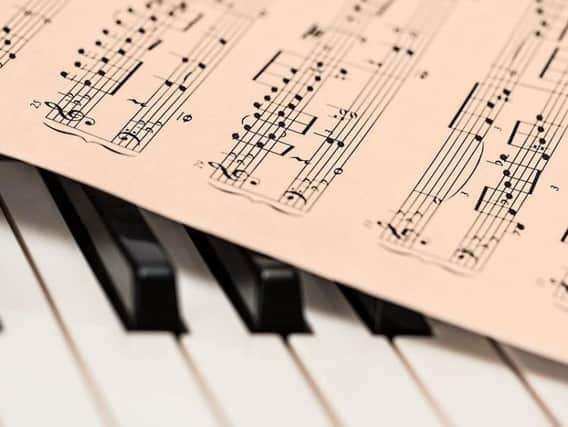Classical Chat: Going solo with piano sonatas


Alongside this, though, there is also the more intimate and conversational world of chamber music, for just a few instruments.
In this field, one instrument that composers have regularly turned to is the piano, and one of the leading forms of solo writing for it is the sonata.
Advertisement
Hide AdAdvertisement
Hide AdA sonata generally comprises between two and five movements and, in a similar way to the symphony in orchestral music, binds all the different episodes and moods together to create a coherent whole.
The form was created in the Baroque era with the single-movement short sonatas of Domenico Scarlatti, who wrote more than 500 of them.
His relatively brief explorations of a keyboardist’s skill soon gave way to longer and much more complex pieces, while composers also relished the chance to bring listeners closer to their world.
Many musicians have written at the piano, suggesting that these pieces represent their thoughts being directly put down on paper.
Advertisement
Hide AdAdvertisement
Hide AdHere are a handful of sonatas which demonstrate what solo music can do.
Mozart’s Piano Sonata No 11: This piece is mainly known for its last movement, the fammous Rondo Alla Turca which most people will surely find familiar when it starts. The piece is as good a place as any to explore Mozart’s filigree, charming piano writing.
Beethoven’s Piano Sonata No. 14 (Moonlight): I could easily fill this article alone discussing the pick of Beethoven’s 32 piano sonatas, the single greatest body of music for the instrument created by anyone. This is the most famous one of all, with a revolutionary slow opening which amazed audiences at the time growing organically into a rocket of a finale.
Schubert’s Sonata in A Major: One of three magnificent late sonatas he wrote, this long piece explores Schubert’s uniquely bittersweet mixture of pain, longing and joy. The slow Andantino second movement is especially haunting and this sonata, perhaps more than any other on this list, gives the feeling of sitting in the composer’s living room.
Advertisement
Hide AdAdvertisement
Hide AdDukas’ Piano Sonata: Dukas didn’t write much solo piano music (and only allowed a little of his work to survive) which begs the question of where on earth this massive four-movement monstrosity came from. A savage test for a pianist, it combines typical French elegance with German structural rigour.
Berg’s Piano Sonata: Very few composers produce something as assured as this for their published debut (their Opus 1). Writing in Freud’s Vienna at the start of the 20th century, this takes the listener on a 10-minute journey through landscapes of churning turmoil, all drawn from the first few notes.